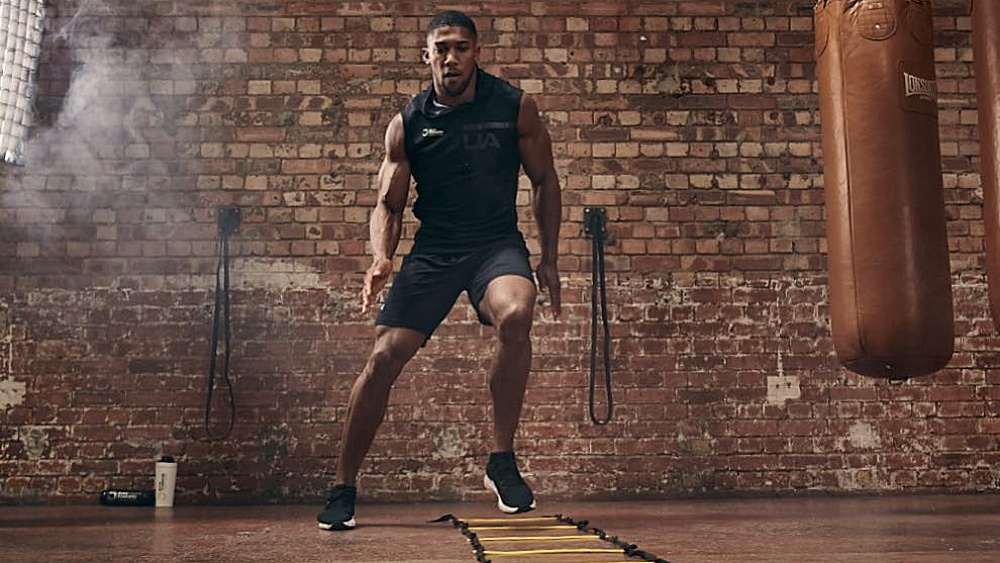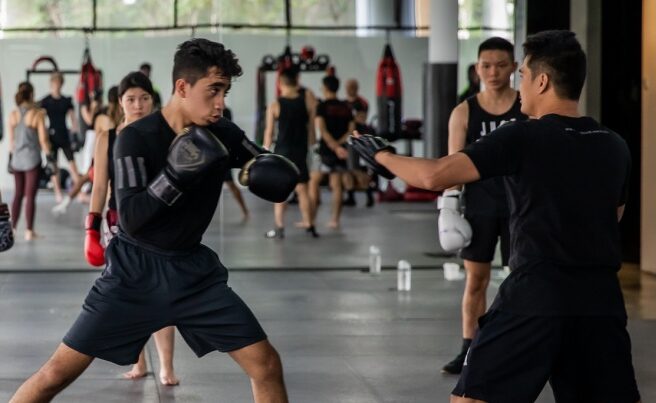Unveiling the mysteries behind the science of boxing, this comprehensive examination takes an in-depth look at the pivotal role footwork plays in boxing performance. Delving into the art of foot movement, its strategic significance, and its impact on a boxer’s prowess in the ring, this post promises to be an enlightening exploration for boxing enthusiasts and athletes alike.
The importance of mastering footwork in boxing cannot be overstated. It not only helps boxers maintain balance and stability during fights but also serves as a crucial factor in both offensive and defensive strategies. The techniques and nuances surrounding the effective manipulation of foot movement are indispensable for anyone looking to succeed in this physically and mentally demanding sport.
This examination is grounded in expert insights and practical knowledge, providing a profound understanding of the different styles and applications of footwork in boxing. Through its comprehensive breakdown, readers will gain an appreciation of the immense contribution footwork makes to a boxer’s overall performance and the key role it plays in determining the outcome of a match.
Unraveling the secret of boxing, this exploration will shed light on the importance of footwork, the different techniques employed by successful boxers, and the impact of these techniques on their performance in the ring. Stay tuned to discover how a strong foundation in footwork can set a boxer apart and lead to triumph in the ring.

Unlocking the Footwork Mystery in Boxing
Boxing, in its core essence, is much more than just the power and technique of punches. An often overlooked yet crucial aspect of the sport is footwork. The agile movement of the feet determines the overall performance of a boxer in the ring. Let’s break down the significance of footwork in boxing.
The Mechanics of Boxing Footwork
In order to understand why footwork is essential, it is important to know the basic mechanics of boxing footwork. The boxer’s stance is the foundation of movement, with the dominant hand and foot at the rear and the other hand and foot in the front. The boxer moves around the ring by pushing off from one foot and moving the other, maintaining balance and stability at all times.
Let’s delve deeper into the mechanics of footwork:
- Direction of Movement: A boxer will use the rear foot to push off when moving forward and the front foot when moving backward. For lateral movement, the foot in the direction of movement will lead.
- Stance: The stance should be wide enough to provide stability but not so wide as to inhibit quick movement. The body weight should be evenly distributed between both feet.
- Balance: Maintaining balance is vital to stay in control during a match. A loss of balance can make a boxer vulnerable to attacks.
The Strategic Advantage of Good Footwork
Boxing footwork is not merely about moving around the ring; it provides strategic advantages that can dictate the outcome of a match.
Creating and Closing Distance
Good footwork enables a boxer to create distance from an opponent, making it harder for them to land their punches. Similarly, a boxer can close the distance to their opponent, getting in range to deliver their own punches. This control over distance can significantly affect the dynamics of a boxing match.
Angle Creation
Boxers with excellent footwork can create advantageous angles for attacking their opponents. By maneuvering around their opponent, they can position themselves to deliver punches from angles that are hard for their opponent to defend against.

Defense and Counterattacking
Footwork can also play a crucial role in defense. By swiftly moving out of the way, a boxer can avoid incoming punches. Additionally, good footwork can set up opportunities for counterattacks. As the opponent misses their punch, the boxer can use their footwork to swiftly move in and deliver a counter punch.
Training for Better Footwork
Improving footwork requires dedicated practice and training. Drills such as ladder drills, cone drills, and shadow boxing can help enhance speed, agility, and balance. Incorporating these exercises into training routines can significantly improve a boxer’s footwork, thus enhancing their overall performance in the ring.
In conclusion, footwork is a critical component of boxing that provides numerous strategic advantages. By understanding the mechanics and investing time in footwork training, a boxer can significantly improve their performance and success in the ring.
Conclusion
In conclusion, the often underemphasized component of boxing, footwork, holds significant importance in determining a boxer’s performance and success in the ring. Footwork is not just about movement; it encompasses strategic advantages such as controlling distance, creating attacking angles, and facilitating defense and counterattacks. Understanding the mechanics of footwork, from the direction of movement, stance, and balance, is paramount for any boxer aspiring to elevate their game. The use of the rear foot for forward movement and the front foot for backward, maintaining a balanced stance, and retaining stability throughout, are vital aspects to consider. Beyond mere understanding, dedicating time and effort to improve footwork through drills such as ladder drills, cone drills, and shadow boxing can significantly enhance a boxer’s agility, speed, and balance. To sum up, mastery of footwork can be a game-changer, providing a competitive edge, and influencing the dynamics of a boxing match. Hence, it’s essential that footwork is not left in the shadows but brought to the forefront of boxing training regimes.
